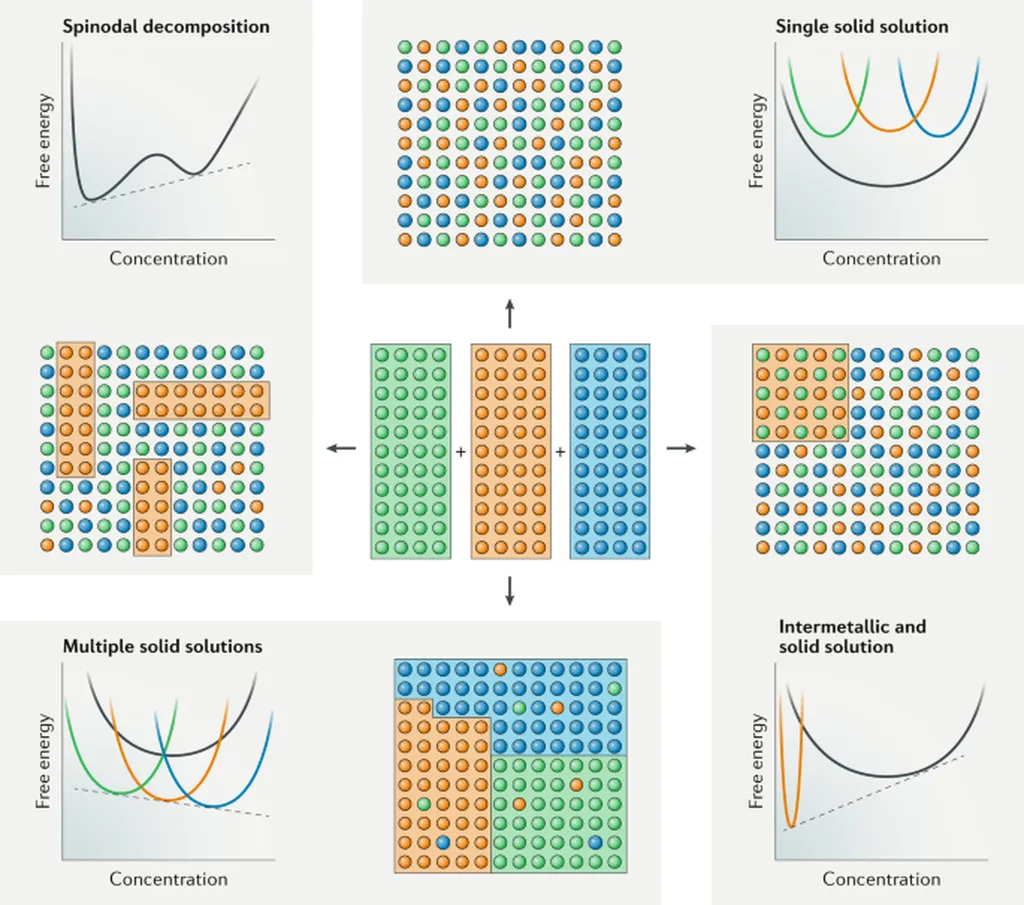In a groundbreaking development poised to revolutionize high-temperature applications, researchers have unveiled a novel high-entropy shape memory alloy (HESMA) that defies conventional trade-offs in material science. This innovation, spearheaded by Rui Wang from the School of Materials Science and Engineering at Dalian University of Technology in China, introduces a unique alloy composition that could significantly impact industries requiring robust, high-performance materials in extreme environments.
The newly developed Ti35.16Zr5.86Hf5.86Ni46.87Nb6.25 (at. %) alloy showcases an exceptional synergy of strength and ductility, a critical advancement for applications in high-stress, high-temperature settings. “This alloy demonstrates a remarkable balance of properties, overcoming the traditional limitations that have long plagued shape memory alloys,” Wang explains. The alloy’s B19’ martensitic laths, coupled with minor β-Nb and Ti2Ni particles along grain boundaries, contribute to its outstanding performance.
One of the most striking features of this HESMA is its relatively high martensitic transformation start temperature (Ms = 392 K) and its impressive shape memory property, with a maximum recoverable strain of 1.94% under 550 MPa. These characteristics make it an ideal candidate for high-temperature applications, particularly in the energy sector where materials must endure extreme conditions while maintaining structural integrity and functionality.
The implications for commercial applications are vast. In industries such as aerospace, power generation, and automotive engineering, the demand for materials that can withstand high temperatures and stresses is ever-growing. This new alloy could lead to more efficient and durable components, reducing maintenance costs and enhancing overall performance. “The potential for this alloy to transform high-temperature applications is immense,” Wang notes. “It opens up new possibilities for designing materials that can operate reliably in some of the most demanding environments.”
The research, published in the journal ‘Materials Research Letters’ (translated to English as ‘Materials Research Letters’), systematically investigates the thermal-induced transformation behavior of the alloy, providing a comprehensive understanding of its unique properties. This work not only establishes a paradigm for developing high-performance high-temperature HESMAs but also paves the way for future innovations in material science.
As the energy sector continues to evolve, the need for advanced materials that can meet the challenges of high-temperature and high-stress environments becomes increasingly critical. This novel HESMA represents a significant step forward, offering a promising solution that could shape the future of material design and application. With its exceptional properties and broad potential, this alloy is set to make a lasting impact on industries that rely on high-performance materials.

